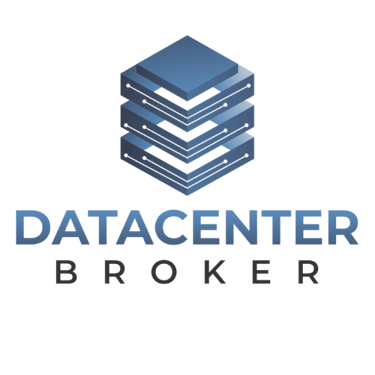The future of AI Infrastructure
Discover how the future of AI infrastructure evolves with NVIDIA H100 GPUs and high-power cooling solutions. Our experts share technical insights on AI workload colocation and network architecture.
AI
11/8/20242 min read


A technical guide to Scaling AI Workloads
In the realm of artificial intelligence and deep learning, infrastructure is as crucial as the algorithms themselves. With the increasing complexity of Large Language Models (LLMs) and the growing demand for GPU-accelerated computing, datacenter infrastructure faces unprecedented challenges. In this technical analysis, we examine the specific requirements for AI workloads and how the right colocation strategy can make the difference.
Power requirements for modern AI Computing
The latest generation NVIDIA H100 Tensor Core GPUs, built on the Hopper architecture, demand significantly more power than their predecessors. A single H100 PCIe GPU has a thermal design power (TDP) of 350W, while the SXM5 variant can consume up to 700W. For a typical AI training setup with 8 GPUs, this means:
Base GPU consumption: 8 x 700W = 5.6kW
Supporting CPUs (2x Intel Xeon Platinum): ~500W
Memory and storage: ~400W
Cooling and overhead: ~1.5kW
Total per rack: 8-12kW
When scaling to multiple nodes for distributed training, these numbers can quickly escalate to 15-30kW per rack.
Cooling challenges
With such extreme power density, traditional air cooling often becomes insufficient. Modern solutions we support include:
Direct-to-chip liquid cooling
Immersion cooling with dielectric fluids
Rear-door heat exchangers with optimized airflow
Network architecture for distributed AI
For effective distributed training, an ultra-low-latency, high-bandwidth network is essential:
InfiniBand NDR 400Gb/s for inter-GPU communication
RoCE (RDMA over Converged Ethernet) for distributed dataset access
Direct AMS-IX connectivity for edge inferencing and model deployment
Our solution
At Datacenter Broker, we understand these complex requirements and help match you with colocation providers that can support:
High-density power delivery (up to 50kW per rack)
Advanced cooling solutions for optimal GPU performance
Ultra-low latency networking through AMS-IX
Scalable infrastructure for future expansion
Green energy options for sustainable AI development
Power distribution considerations
Modern AI workloads require sophisticated power distribution systems:
Busway power distribution systems rated for 400A or higher
Three-phase power delivery to support high-density racks
Redundant UPS systems with lithium-ion batteries for improved power density
Real-time power monitoring and dynamic load balancing
Storage architecture trequirements
AI training demands a specialized storage architecture:
High-performance parallel file systems (e.g., Lustre, GPFS)
NVMe over Fabric for distributed storage access
Tiered storage with hot tier on NVMe and cold tier on high-capacity HDDs
Cache coherency protocols for distributed training
Our extensive network of colocation partners includes facilities specifically designed to handle these demanding requirements. We help you find the perfect match for your AI infrastructure needs while optimizing costs and ensuring scalability for future growth.
Contact us to discuss how we can help optimize your AI infrastructure deployment through strategic colocation choices.
Datacenter-Broker.com
Your worldwide partner in brokering the right colocation services. Based in the Netherlands and servers the world.
Contact
Receive occasional deal offers
© 2025. All rights reserved. Privacy Policy Terms & Conditions


